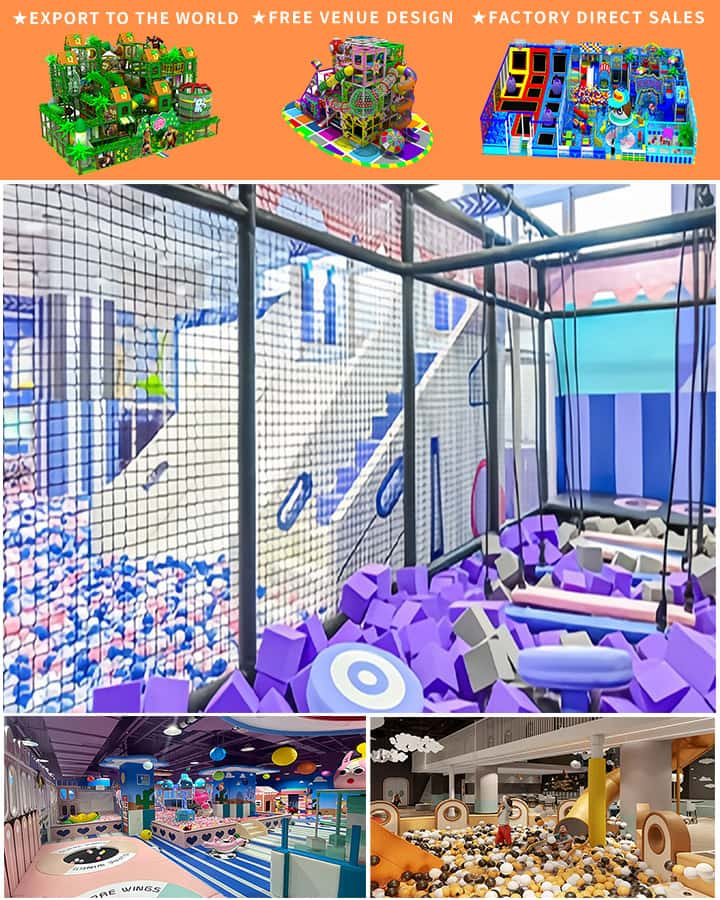Creating safe and engaging play environments for children is a top priority for schools, parks, and community centers. A crucial aspect of this is the design of playground soft surface tiles, which provide both safety and aesthetic appeal. These tiles are not just functional; they can also be designed to stimulate imagination and creativity. Here’s an in-depth look at the innovative designs transforming modern playgrounds with soft surface tiles.
The Importance of Soft Surface Tiles
The primary purpose of playground soft surface tiles is to minimize injuries from falls, making them essential for any playground. Unlike hard surfaces like asphalt or concrete, soft tiles absorb impact, reducing the risk of serious injuries such as fractures and concussions. Additionally, these tiles are designed to withstand heavy foot traffic and harsh weather conditions, ensuring longevity and durability.
Materials and Composition
Modern soft surface tiles are typically made from high-quality materials that offer both safety and comfort. Common materials include:

- Rubber: Often derived from recycled sources, rubber tiles provide excellent shock absorption. They are durable and resistant to weather changes, making them ideal for outdoor installations.
- Foam: Foam tiles are lightweight and offer great cushioning. They are usually covered with a durable, non-slip surface layer to enhance their longevity.
- Turf: Artificial turf tiles mimic natural grass and are often combined with rubber or foam bases to create a more realistic and comfortable play area.
Design Variations
Soft surface tiles come in various designs that serve both functional and aesthetic purposes. Here are some popular design variations:
- Interlocking Tiles: These tiles connect seamlessly, creating a smooth surface that reduces tripping hazards. Interlocking tiles come in various colors and patterns, allowing for creative customization.
- Modular Tiles: Modular tiles can be easily arranged in different configurations, enabling designers to create unique shapes and patterns. This flexibility allows for easy updates or expansions as needed.
- Colorful Tiles: Brightly colored tiles can make a playground more visually appealing and can be used to create educational themes, such as letters, numbers, and shapes, which aid in children’s cognitive development.
- Textured Tiles: Some tiles are designed with textures that mimic natural elements like grass, sand, or wood, providing a tactile experience that engages multiple senses.
Eco-Friendly Options
With increasing awareness of environmental issues, there has been a growing demand for eco-friendly playground solutions. Many manufacturers now produce soft surface tiles from recycled materials, reducing waste and promoting sustainability. For instance, recycled rubber tiles made from old tires offer a sustainable alternative without compromising on safety or quality.
Installation and Maintenance
Installing soft surface tiles is relatively straightforward, but it requires careful planning to ensure a smooth and even surface. Proper installation involves preparing the ground with a stable base, laying the tiles according to the pattern, and securing them to prevent movement. Maintenance is minimal; occasional cleaning with soapy water and inspection for wear and tear are generally sufficient to keep the tiles in good condition.
Conclusion
Designing playgrounds with soft surface tiles combines practical safety measures with imaginative possibilities, offering children enjoyable and secure spaces to play. Whether through interlocking patterns, colorful designs, or eco-friendly materials, these tiles contribute significantly to the overall quality of playgrounds. By prioritizing innovative tile designs, communities can create inviting, safe, and stimulating environments that encourage physical activity and social interaction among children.




